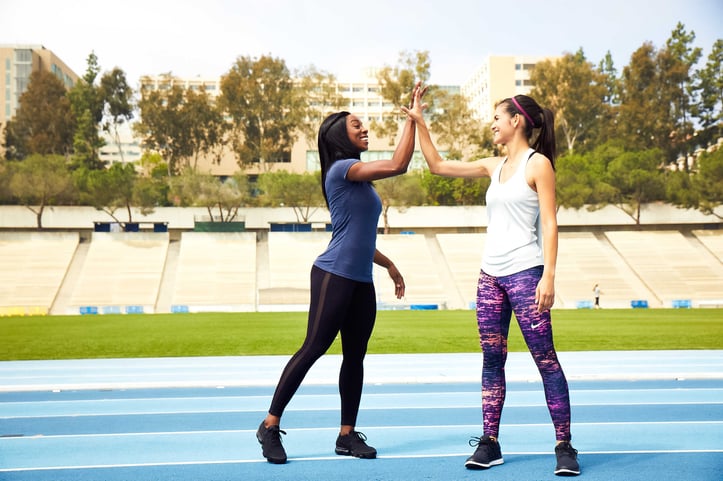Training in the Heat: How to Recognize Risks & Train Safely (Science-Backed Strategies for a Strong Summer)
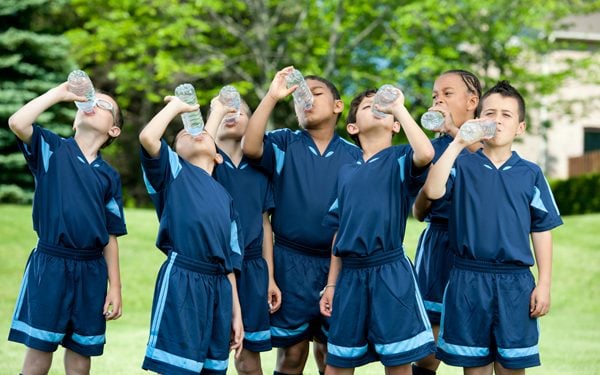
Training in the Heat: How to Recognize Risks & Train Safely (Science-Backed Strategies for a Strong Summer)
There's something incredibly rewarding about a sun-drenched outdoor run, a challenging hot yoga session, or pushing through a tough workout under blue skies. But as invigorating as training in the heat can be, it comes with a unique set of challenges and potential risks. As a certified fitness coach who has guided countless clients through over 100 hot-weather training sessions, I've seen firsthand how mismanaging heat can not only derail progress but also pose serious health concerns.
Let's dive into the science of how heat impacts your body, learn to recognize crucial warning signs, and equip you with actionable, science-backed strategies to help you thrive—and train safely—even when the temperature soars.
The Science: Understanding How Heat Impacts Your Body During Exercise
When the ambient temperature climbs above approximately 28°C (82°F), your body shifts into overdrive to keep cool. The American College of Sports Medicine (ACSM) explains that this effort isn't trivial:
- Your Heart Works Harder: Heat forces your heart to work an estimated 10-15% harder than it would in cooler conditions. This is because a significant portion of your blood flow diverts to the skin's surface to help release heat, which means less oxygen-rich blood is available for your working muscles.
- Sweating is Key (But Demanding): Sweating is your body’s primary cooling mechanism. During intense exercise in the heat, you can lose anywhere from 0.5 to 2 liters of fluid per hour. However, this cooling system only works effectively if you are adequately hydrated and the sweat can evaporate.
Here’s a crucial insight: individuals who are new to exercising in the heat, or those who are less conditioned, often struggle more. A 2022 NIH study found that beginners’ core temperatures can spike up to 1.2°C faster than those of heat-adapted athletes. This rapid rise significantly increases the risk of fatigue, heat stress, and more serious heat-related illnesses. Understanding this helps us approach heat training with respect and smart preparation.
5 Critical Signs of Heat Stress: Listen to Your Body (Don’t Ignore These!)
Not all sweating signals a great workout; sometimes, it's your body waving a red flag. Learning to recognize the early signs of heat stress is vital. Use this checklist to spot trouble before it escalates:
Mild Symptoms (Time to Act Fast – Cool Down & Hydrate!)
- Excessive Thirst: This is often your body’s first and most obvious SOS signal for fluids.
- Sticky or Clammy Skin: If your skin feels unusually sticky, it means your sweat isn’t evaporating efficiently, and your body's cooling mechanism is struggling.
- Noticeably Elevated Resting Heart Rate: If your heart rate is 10+ beats per minute (bpm) higher than usual during rest periods or at a familiar intensity, it’s a sign of increased strain.
- Mild Dizziness or Lightheadedness: This can occur as blood pressure drops due to fluid loss and blood being diverted away from central circulation.
- Unusual Fatigue or Weakness: Feeling significantly more tired than usual for a given effort.
Severe Symptoms (Stop Exercise Immediately, Seek Shade, Cool Down & Get Help!)
- Nausea or Vomiting: This is a serious sign, indicating that blood flow to your gut is critically reduced.
- Confusion, Irritability, or Disorientation: These are signs that your brain cells may be overheating, impacting cognitive function.
- Cessation of Sweating (Despite Being Hot): This is an extremely dangerous sign. If you stop sweating but still feel hot, your body’s cooling system has likely failed, and your core temperature may be rising rapidly (potentially above 40°C or 104°F). This is a medical emergency.
- Throbbing Headache, Chills, or Goosebumps in the Heat.
Pro Tip for Self-Monitoring: Track your morning resting heart rate regularly. If you notice an unexplained jump of 5+ bpm, it could indicate that your body is still recovering from yesterday’s heat stress or other stressors. Consider scaling back your workout intensity or duration for the day.
6 Pro Strategies to Train Safely (and Effectively!) When the Heat is On
Knowledge is power. Armed with these strategies, you can adapt your training to stay safe and effective:
1. Time It Right: Be an Early Bird or a Sunset Chaser
Train during the "cool windows" of the day: typically early morning (e.g., 6-9 AM) or later in the evening (e.g., 5-7 PM, after the sun's peak intensity). The USDA’s Agricultural Research Service found that training during the hottest part of the day (often 12-3 PM) can increase your risk of heat-related issues by as much as 30% due to combined UV and heat intensity.
2. Hydrate Before You Feel Thirsty (And During, and After!)
If you wait until you’re thirsty to drink, you’re likely already about 2% dehydrated, which can impair performance. Aim for this hydration protocol:
- Pre-Workout: Drink approximately 500ml (about 17 oz) of water 2 hours before your session.
- During Training: Sip 150-300ml (about 5-10 oz) of fluid every 15-20 minutes.
- Electrolytes are Key for Heavy Sweaters: If you're sweating heavily or training for longer than an hour, include electrolytes (especially sodium: 500-700mg per liter of fluid is a general ACSM recommendation) in your hydration plan to replenish what's lost.
- Post-Workout: Rehydrate diligently to replace fluid losses.
Myth Buster: The idea that "more sweat equals a better workout" is a dangerous misconception. Excessive fluid loss actually impairs strength and performance. The NIH notes that just 2% dehydration can reduce power output by as much as 15%.
3. Dress for Cooling Success
Your clothing choices matter significantly:
- Choose lightweight, loose-fitting, and light-colored fabrics. Dark colors can absorb up to 30% more heat than lighter ones.
- Opt for moisture-wicking materials (like polyester blends or merino wool) that draw sweat away from your skin and allow it to evaporate quickly—this evaporation is critical for cooling.
4. Adapt Gradually: Give Your Body Time to Acclimatize
Your body is amazing and can adapt to heat, but it needs time—typically 7-14 days of consistent exposure. Don't jump into a long, intense workout on the first hot day.
- Start with shorter, less intense sessions (e.g., 30 minutes at a lower intensity).
- Gradually increase the duration and intensity by about 10-15% each day or every other day, as tolerated.
- A 2020 study in the Journal of Strength & Conditioning Research showed that this gradual adaptation method can cut heat stress symptoms by up to 45% in beginners.
5. Monitor Key Metrics: Your Body's Dashboard
Pay attention to your body's signals:
- Weight Check (for longer/intense sessions): Weigh yourself before and after your workout (with minimal clothing). For every 0.5kg (about 1 lb) of weight lost, aim to drink about 750ml (about 24 oz) of fluid (including electrolytes if needed) to rehydrate effectively.
- Rate of Perceived Exertion (RPE): Heat makes any given effort feel harder. If you typically train at an RPE of 7-8 (vigorous), aim for an RPE of 5-6 (moderate) in the heat, especially while adapting. Adjust your intensity based on how you feel, not just what your plan says.
6. Cool Down Smartly and Actively
Your cool-down is just as important as your warm-up, especially in the heat.
- Prioritize rehydration immediately post-workout.
- Actively cool your body. A Harvard Health study found that immersing forearms in cool water (around 10-15°C or 50-60°F) for just 2 minutes can lower core temperature more rapidly than drinking cold water alone. Applying cool, wet towels to the neck, armpits, and groin can also help.
Final Takeaway: Heat Can Be Your Ally—If You Respect It
Training in the heat can indeed build incredible resilience and mental toughness, but only when approached with awareness, respect, and smart preparation. It’s not about avoiding the heat altogether, but about learning to work with it safely.
Next time you plan to head out for a workout on a warm day, pause and ask yourself: Did I hydrate well beforehand? Am I dressed appropriately? Am I prepared to listen to my body and adjust if needed? Am I watching for those early warning signs like sticky skin or unusual fatigue? These small, mindful checks can transform potential risks into rewarding, empowering training experiences.
Your Action Step for This Week: Choose just one strategy from this guide to implement. Perhaps it’s consciously hydrating with electrolytes on your longer workouts, shifting your run to the cooler morning hours, or paying closer attention to your RPE. Track how you feel, make adjustments, and celebrate your commitment to training smart. Your body will thank you for it, and your fitness journey will continue to thrive, safely and strongly!
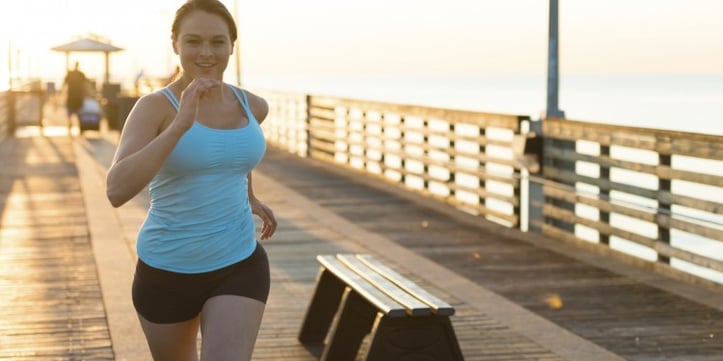
Fit vs Fat: Decoding Health's True Ruler
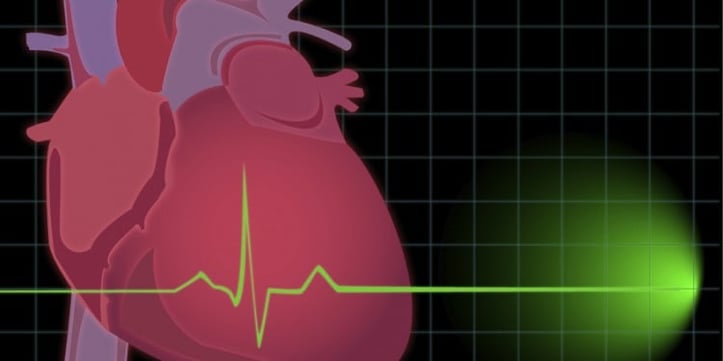
Pump Up Your Heart: Science-Driven Weight Loss
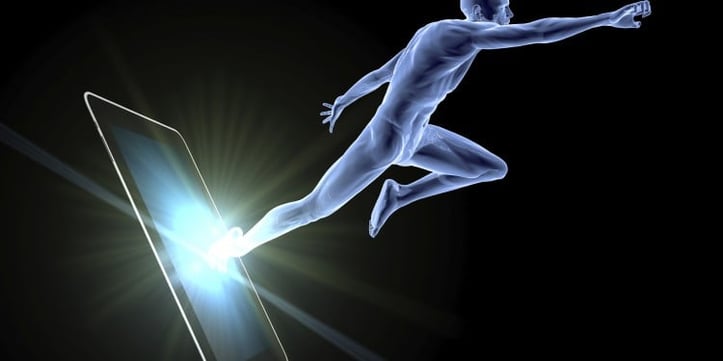
Wellness Technology: Your Path to Sustainable Weight Loss

A Sensible Guide to Dietary New Year's Resolutions
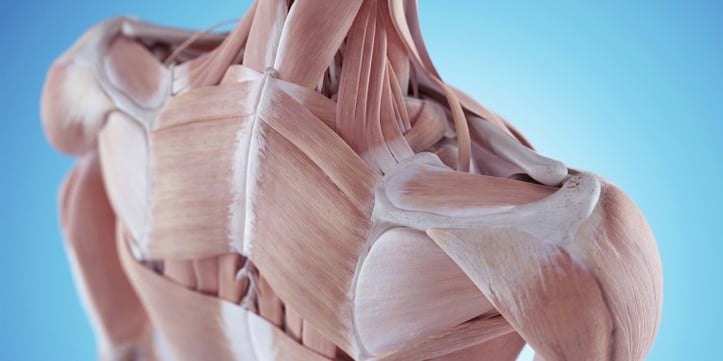
Prevent Shoulder and Rotator Cuff Injuries with Corrective Exercises
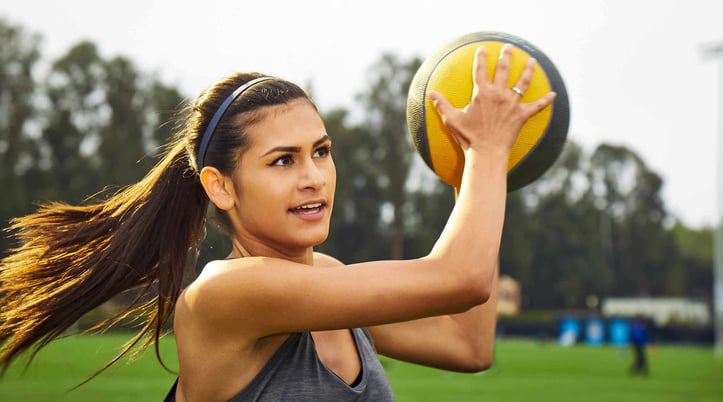
Overcome Fitness Plateaus: 4 Tips for Success
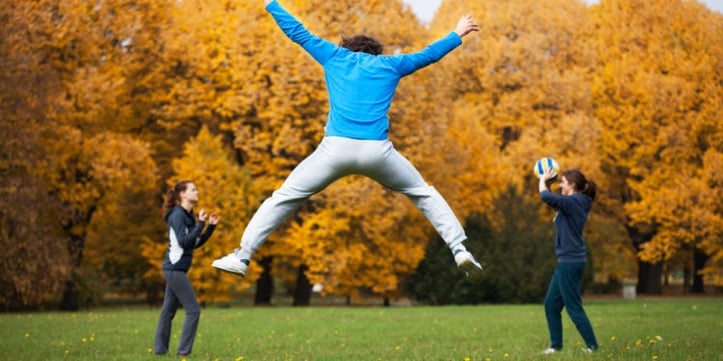
10 x 10 Thanksgiving Day Circuit: A Fitness Guide
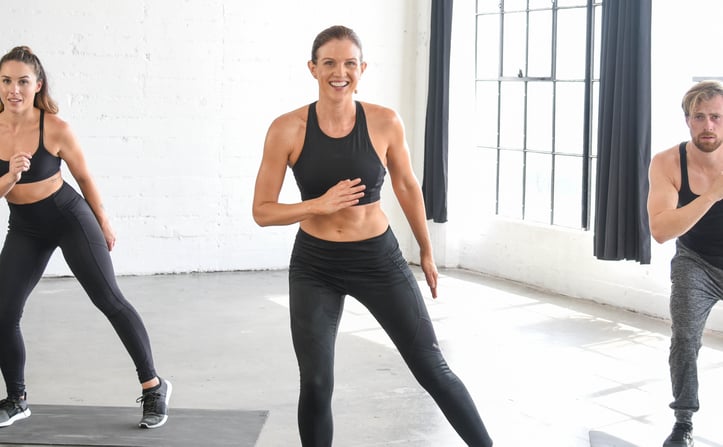
Unleash Your Fitness Potential with Kit Rich's Training Secrets

The Future of Fitness: A Guide for Beginners to Intermediates
